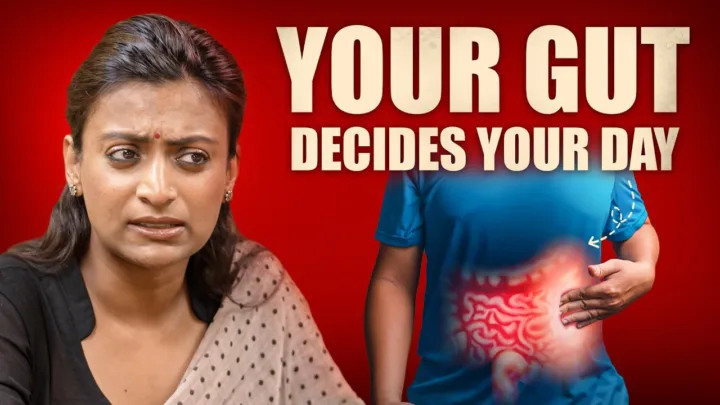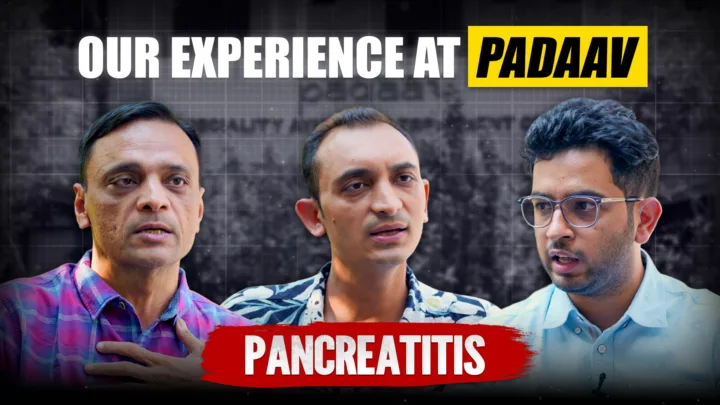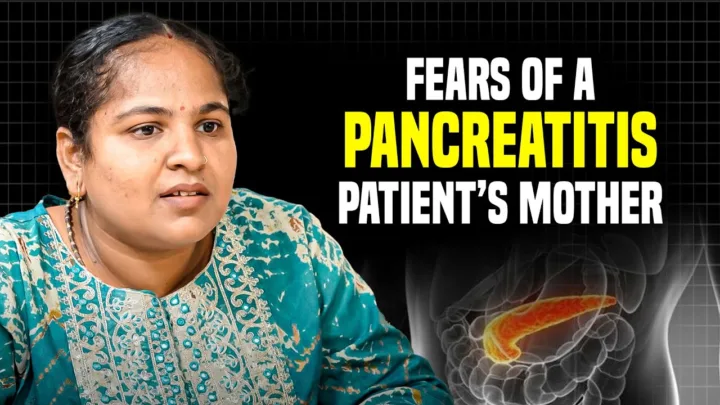Understanding Grishm Ritu and Its Physiological Effects
The transition into the summer months, known as Grishm Ritu in the classical science of Ayurveda, marks a distinct shift in environmental and physiological dynamics. Corresponding approximately to the Hindi calendar months of Jyestha and Ashad (mid-May to mid-July), this period falls under the classification of ‘Adana Kala’. Adana Kala is characterized by the increasing intensity of the sun’s energy, which, according to Ayurvedic principles, leads to a gradual depletion of moisture and vitality from the environment and, consequently, from the human body.
The classical verse, “मयूखैर्जगतः स्नेहं ग्रीष्मे पेपीयते रविः। स्वादु शीतं द्रवं स्निग्धमन्नपानं तदा हितम् ॥28॥” translates to: “In summer, the sun drinks the world’s moisture. Food & drink sweet, cold, liquid, unctuous are then beneficial.” This fundamental principle underscores the profound impact of solar radiation on biological tissues, leading to a state of inherent systemic stress and potential imbalances such as increased heat (Pitta) and depletion of vital fluids (Kapha and Rasa Dhatu). Recognizing this physiological reality is the first step in adopting proactive health strategies.
Ayurveda provides a comprehensive medical framework, Grishm Ritucharya (seasonal regimen for summer), designed to counteract these specific seasonal influences. This framework is rooted in detailed observations of the body’s response to environmental changes and offers targeted interventions to maintain homeostasis and prevent summer-related ailments.
Strategic Dietary Interventions: A Therapeutic Approach
During Grishm Ritu, dietary choices serve as a primary therapeutic tool to mitigate the effects of accumulated heat and depletion while supporting the digestive system, which may also be affected by the external temperature. The core dietary strategy is to incorporate foods and beverages that possess qualities opposite to the season’s drying and heating nature: sweet (madhura), cold in potency (shita virya), liquid (drava), and unctuous (snigdha).
Recommended Dietary Components:
- Sweet Taste (Madhura Rasa): Natural sweetness helps to pacify elevated Pitta and provides essential nourishment. Prioritize ripe, naturally sweet fruits such as melons, grapes, mangoes, and berries.
- Cold Potency (Shita Virya): Foods and drinks with a cooling post-digestive effect are crucial. This includes cooling vegetables like cucumber, zucchini, and leafy greens.
- Liquid Nature (Drava Guna): Adequate hydration is non-negotiable due to increased perspiration. Consistent intake of plain water, fresh fruit juices (avoiding excessive sourness), and cooling herbal infusions (e.g., mint, coriander) is vital. Diluted dairy products like buttermilk (takra) are also beneficial due to their cooling and mild digestive properties.
- Unctuous Quality (Snigdha Guna): Moderate consumption of healthy fats helps to counter dryness and lubricate tissues. Ghee is traditionally recommended for its cooling and nourishing attributes. Grains like rice, particularly easily digestible varieties, are also favored.
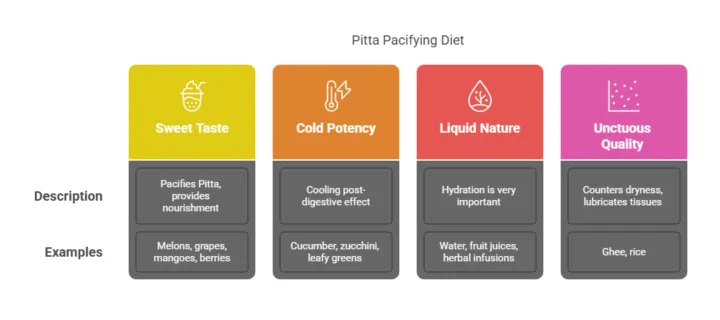
Dietary Components to Limit or Avoid:
To prevent exacerbating the seasonal imbalances, certain tastes and qualities should be minimized:
- Pungent (Katu), Sour (Amla), and Salty (Lavana) Tastes: These tastes are inherently heating and can aggravate Pitta, potentially leading to acidity, inflammation, and increased dehydration.
- Excessively Dry (Ruksha) and Heavy (Guru) Foods: Dry foods further deplete moisture, while heavy foods can overburden the digestive fire (Agni), which may already be weakened by the external heat.
- Heating and Dehydrating Agents: Beverages such as excessive coffee, alcohol, and carbonated drinks have a significant dehydrating effect and should be consumed sparingly or avoided. While cold beverages are recommended, excessive intake of ice can paradoxically dampen Agni.
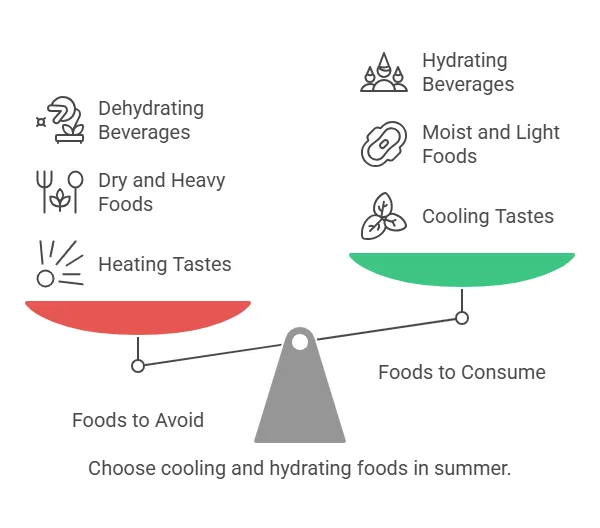
Adhering to these specific dietary recommendations provides a structured approach to supporting the body’s internal environment during the demanding summer months.
Protective Lifestyle Regimen: Conserving Vitality and Mitigating Stress
Complementing dietary adjustments, adopting a protective lifestyle regimen is essential for conserving vital energy and minimizing the impact of heat stress on both physical and mental well-being.
Key Lifestyle Practices:
- Minimize Heat Exposure: Avoiding direct exposure to intense solar radiation, particularly during peak hours (typically 10 am to 4 pm), is a fundamental preventive measure. Seeking shade and remaining indoors during the hottest parts of the day significantly reduces the body’s heat load.
- Cooling External Practices: Utilizing cool or lukewarm water for bathing and showering helps to regulate external body temperature. Wearing light-colored, loose-fitting clothing made from natural, breathable fabrics like cotton facilitates ventilation and supports the body’s natural cooling mechanisms.
- Prioritize Rest and Recovery: The summer heat can be physically draining. Ensuring adequate, quality sleep is crucial for the body’s repair and regeneration processes. Short periods of rest during the day, such as a brief nap, can also help restore vitality and prevent fatigue.
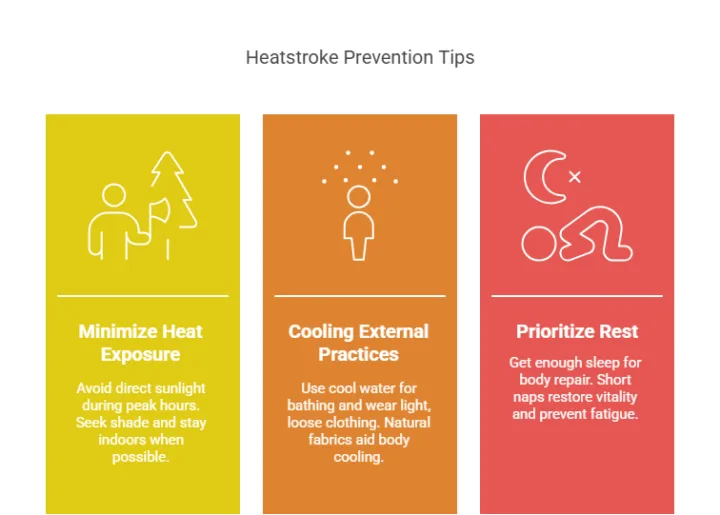
Grishm Ritucharya is not merely a set of traditional customs but represents a time-tested, scientifically informed framework for seasonal health management. By consciously integrating these targeted dietary and lifestyle interventions, individuals can effectively adapt to the unique physiological demands of Grishm Ritu, minimize systemic stress, and maintain a state of balance, resilience, and well-being throughout the summer season. This Ayurvedic wisdom offers a practical and profound approach to living in harmony with natural environmental rhythms, promoting sustained health beyond the temporary challenges of heat.


